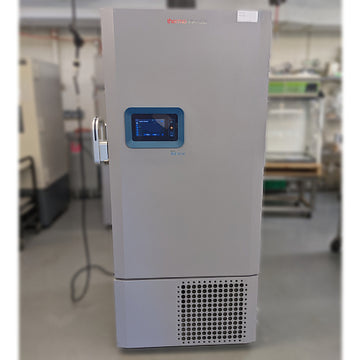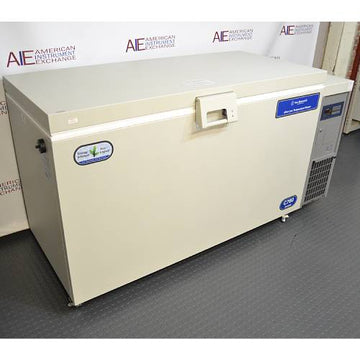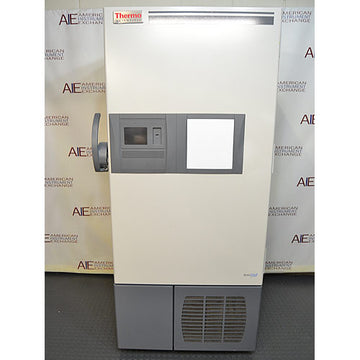Many biological materials are sensitive to heat and can only safely be stored at low temperatures, and some require ultralow temperatures of -86°C or even -150°C for longer periods. But how do you determine which ultralow storage option is best for your lab?
Location
You should decide on the physical spot in which to put your freezer before making your purchase, and your available footprint can influence your freezer storage capacity and whether you choose an upright or chest configuration.
Choose a spot in which the ambient temperature is as cool as possible and temperature fluctuations will be minimal. For example, a location next to a window that is shaded in the morning but increases in temperature as the sun shines through the glass in the afternoon might cause undue stress on the freezer’s compressors.
Additionally, there are safety and security to consider. If your freezer is in a high traffic area, could this lead to accidents while retrieving samples? How will you track who has accessed the freezer? Will you need a locking mechanism on your freezer?

Capacity
Capacity refers to the total amount of biological materials that can be stored. Generally, the larger the freezer volume, the more costly it will be to buy and operate. Therefore, if only a small storage volume is needed, a smaller ULT freezer is preferred as it will lead to lower long-term operating costs and smaller physical footprint. On the other hand, if you’re expecting the number of samples you store to increase steadily then maybe a larger unit makes sense. Ultralow freezers can range in size from small benchtop and undercounter models with 2 cubic foot capacities to large upright or chest freezers with over 30 cubic feet of capacity.

Energy Efficiency
ULT freezers are typically equipped with designs such as double doors, gasket seals and polyurethane heat insulation to maximize energy efficiency. That being said a single ULT freezer can consume approximately the same annual electricity as the average modern household. These days, consumers are increasingly demanding more energy-efficient designs. And aside from reducing your carbon footprint there are other numerous financial benefits to using low energy freezers.
Used and refurbished ultralow freezers will further reduce the overall carbon footprint of your lab, both by saving the need for more materials and reducing industrial waste. Many energy efficient models can be found through equipment dealers like American Instrument Exchange.

Backup cooling
Cooling technology in ULT freezers normally uses the cascade refrigeration system which requires electricity. Electrical supplies can be disrupted though, so it is useful to consider whether you’ll need a back-up cooling system. The typical choice of back-up cooling system is liquefied nitrogen (maintains temperature down to -80oC) or carbon dioxide (maintains temperature down to -70°C).
Remote monitoring
The ability to remote monitor can be important. The cost of reagents means that people want to know that their freezer is working, even when they are not in the lab. Insurers can insist on remote monitoring if a claim is made against the contents, and the pharmaceutical industry often requires continuous monitoring for FDA scrutiny.
So if you’re in the market for an ultralow freezer and need some guidance on selecting the best option for your lab, call or email American Instrument Exchange today. Thanks, and we look forward to hearing from you.